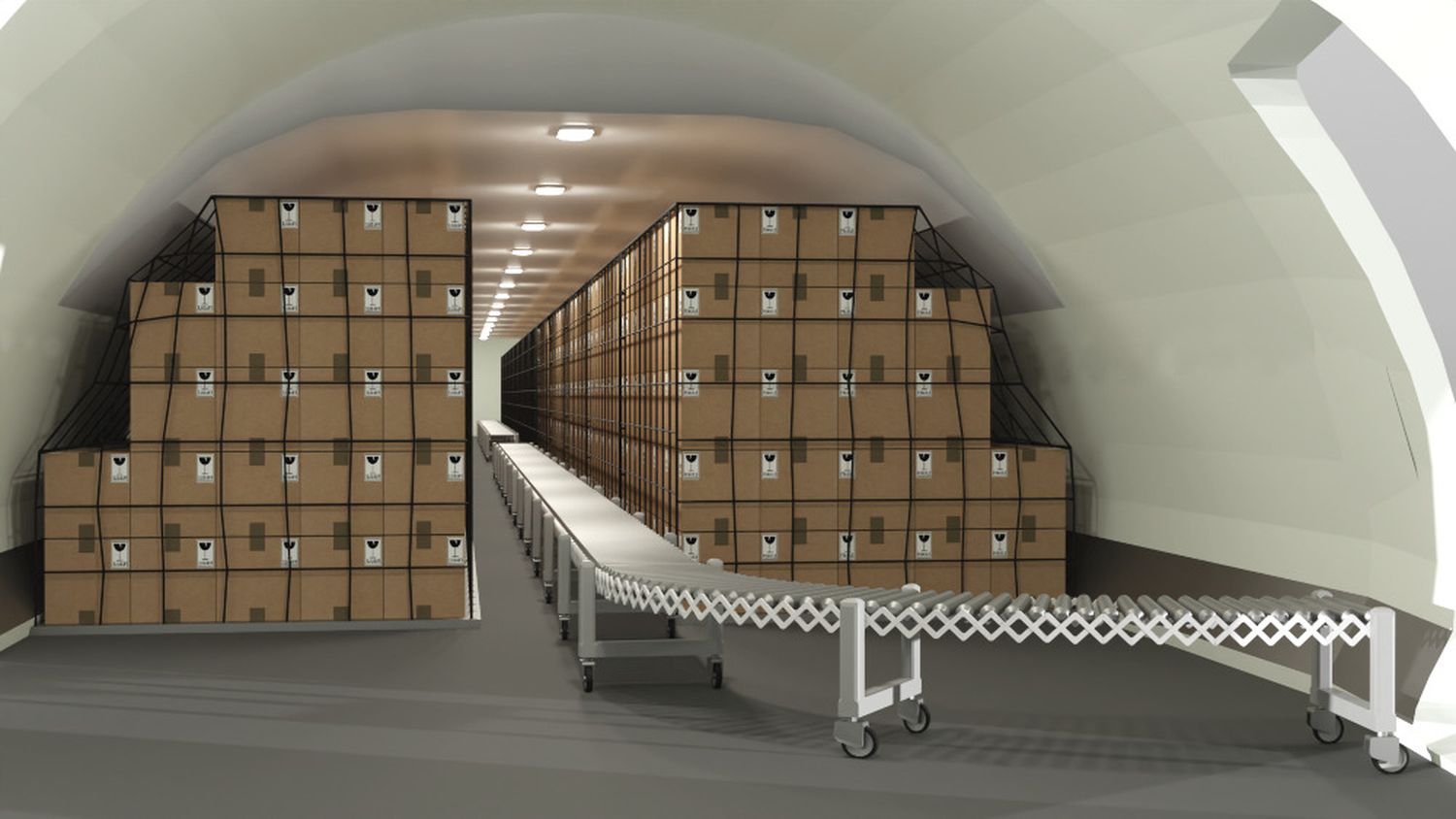More versatility: Vallair introduces «soft» Airbus A330 cargo conversion
Vallair, which specializes in aircraft, engine and component support solutions, presented an innovative solution for the conversion of a wide-body aircraft to a Class E cargo version (cargo-only transport). The company will offer Airbus A330 modifications at its facility in Châteauroux, France.
As Vallair explained, the solution was designed to cover the backlog in the availability from traditional conversion processes. With the growth of the air cargo market in recent months, passenger aircraft modifications have become more frequent. In some cases, waiting times have already reached five years.
On the other hand, the termination of many of the authorizations for cargo transportation in the cabins of passenger aircraft has resulted in a decrease in the overall capacity for the movement of goods by air.
The investment, made in conjunction with the French company UUDS, was aimed at providing operators with a different option. The first two aircraft to undergo the process belong to Deucalion Aviation and are already at Vallair’s facilities.
This innovative solution has its own particularities. Its function is not to transport large volumes of cargo, but rather intermediate or small-sized parts. That is why no cargo door is installed in the fuselage. Instead, the packages enter through the aircraft doors and, once inside, are transported on a conveyor belt.
Grégoire Lebigot, President and CEO of Vallair, commented that converting the cabin of an Airbus A330-300 into a cargo area without the need to install a larger door will mean a quarter of the cost of a traditional conversion. In addition, the lead time for delivery of the aircraft will be just one month.
Vallair’s solution means that cargo is not transported on pallets or containers, but uses the conveyor, which fits inside the cargo hold to efficiently distribute individual packages. The concept streamlines the process and significantly reduces delivery times.
«This solution addresses current market needs and increases the value of the asset because it is completely reversible should the market change», Lebigot stressed. «It is a complementary alternative solution to the traditional freighter conversion, not a replacement» he added. In that regard, he maintained that the aircraft can be returned to a passenger-carrying configuration in a straightforward manner.
The company expects to obtain Supplemental Type Certificate from the European Aviation Safety Agency (EASA) within the next two months. The A330-300s receiving this modification will be able to carry up to 60 tons of cargo with a range of up to 4.200 nautical miles (7.778 kilometers).
Gilles Negre, founder and CEO of UUDS, commented that «flexibility in aircraft cabin and cargo configuration has always been key factor for successful aviation operations and revenue optimisation». According to the executive, the solution brings versatility and diversity of business options to operators.
See also: Embraer signs a firm contract for up to ten E-Jets Passenger-to-Freight conversions


Comentarios
Para comentar, debés estar registrado
Por favor, iniciá sesión